It has been a hectic summer, finishing up the field work for my dissertation, playing with friends, traveling in Panama, and giving my first real talk. It has really started to feel like home here in the last few months, which is typical since I am leaving in less than two weeks. One of the most amazing things about having done my field work at the Smithsonian Tropical Research Institute is the community of scientists that work here. People here have such a diversity of interests, and the cross-pollination of ideas that occurs at Gamboa BBQs or over beers following one of the weekly talks is really exciting. This was really highlighted in a symposium in June, where about 20 different people working at STRI gave talks on their current projects. I gave a talk on some of the preliminary results from my project. . .and once that was over, was really able to enjoy hearing about all the other interesting research that is going on down here.
If you are interested in a brief synopsis of the talks, there was one reporter in the audience:
http://www.thepanamanews.com/pn/v_11/issue_15/science_02.html
One of the talks I enjoyed most was given by John Christy, a STRI staff scientists who works primarily on fiddler crab behavior. (He is one of the few STRI scientists who works on animal behavior, in fact.) His talk was about breeding synchrony in fiddler crabs and limpets. It is often assumed that the advantage to breeding synchrony is that predators get swamped and aren’t able to eat all the eggs or larvae, some of which are therefore able to escape and develop. Another possibility is that synchrony occurs because there are certain environmental conditions that are optimal for offspring survival. Individuals are all cuing on the same set of environmental factors to time their reproduction, and synchrony is a byproduct. He concluded that the latter of these possibilities explained the reproductive synchrony he observed in both the fiddler crabs and the limpets he studies.
After the symposium, I talked to John quite a bit, and he invited me out to Naos (on the causeway in Panama city) to see his research site and study species. I was joined in this little field trip by two post-docs from Australia, Jess and Stu. We had a great time watching (and digging up) fiddler crabs:


We also went down to the rocky intertidal (which looks out to the Bridge of the Americas and all the ships lined up to enter the canal) to see the limpets John has just started working with. They are a really neat story, since they appear to be socially monogamous, simultaneous hermaphrodites. How’s that for a strange breeding system!
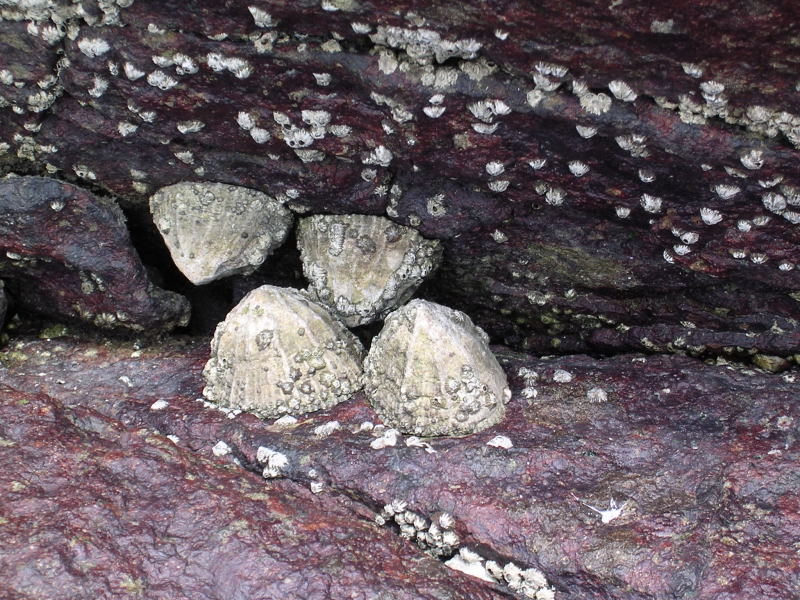
I have to say, after a year of peering through the canopy, trying to figure out what a monkey 20 meters above me is putting in its mouth, the fiddler crabs hanging out on a perfectly flat sand beach in plain sight had quite a bit of appeal!
I’ve also spent some time this summerexploring Panama a bit more. My friend Susy came down to visit me before she headed off to Africa for a year to do her dissertation research. She came and spent a few days with me on BCI
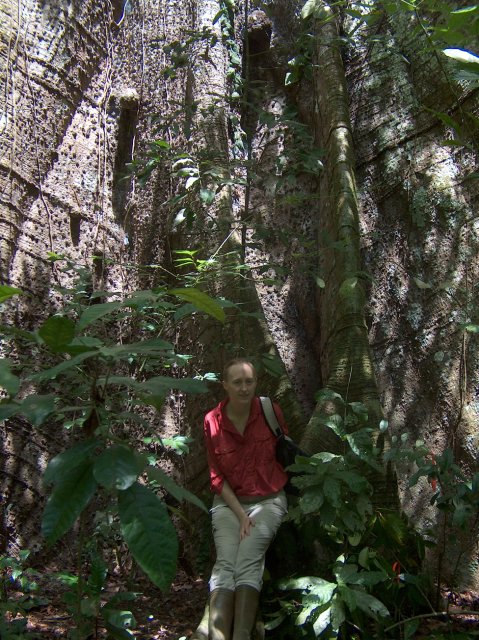
and then we went to the San Blas Islands with my friend Titoche.
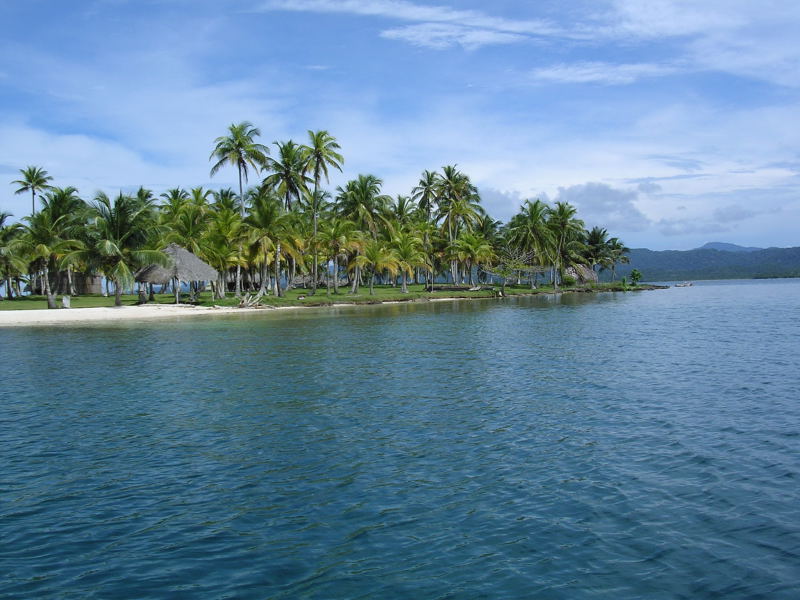
I spent a lot of time in a hammock, reading and sleeping

Basically, the San Blas is a place where you can swim, snorkel, lay on the beach, read and sleep–which is pretty much what we did. There were only two other guests at our hotel, a very nice Swiss-Italian couple, and since Titoche is Belgian, french was the most shared language, so Susy and I struggled along as best we could.
After getting back to Panama City (far to early in the morning), we ran into a bunch of riot police at the bus terminal.
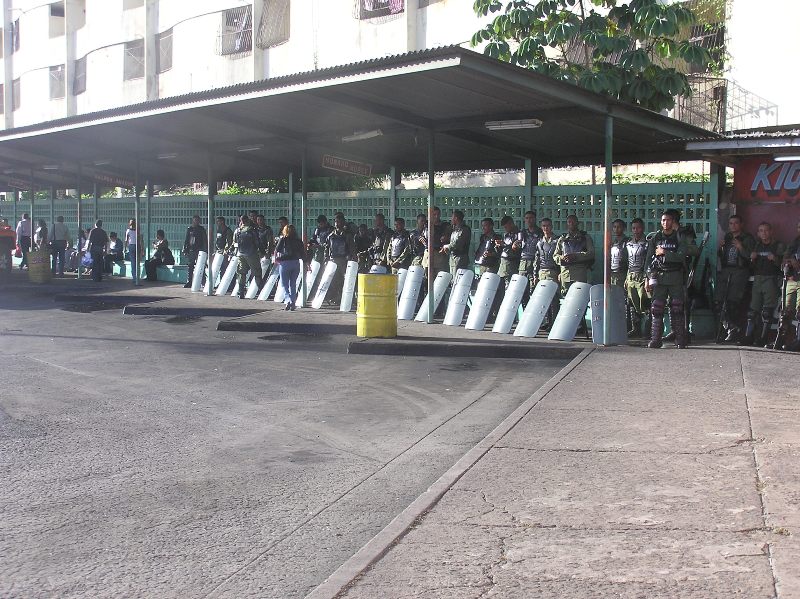
Not unlike the US, Panama’s social security programs are bankrupt and in desperate need of reform. The current government just recently passed legislation that raised the retirement age to deal with the problem. This lead to weeks of protests and rioting. The University was shut, streets were closed, and people were on the streets in both peaceful and not so peaceful opposition to the changes. It made me wonder whether US citizens would react similarly to a raise in the retirement age, or if we are all too apathetic to even bother protesting anything anymore.
Susy and I met up with my friends Vilma, Frauke and Ben, and we headed north to the cloud forest in Chiriqui. The Cerro Punta side of Volcan Baru is my favorite place in Panama.
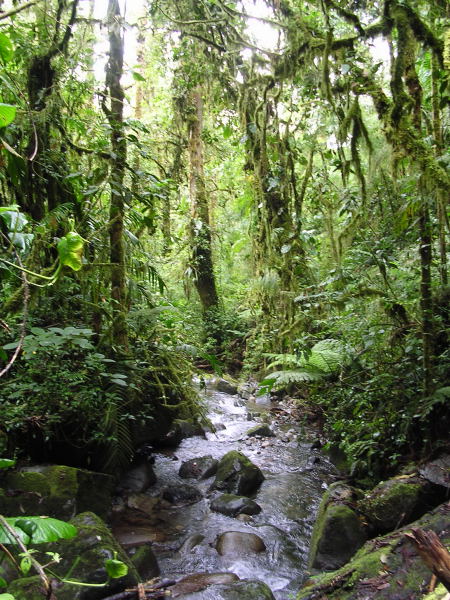
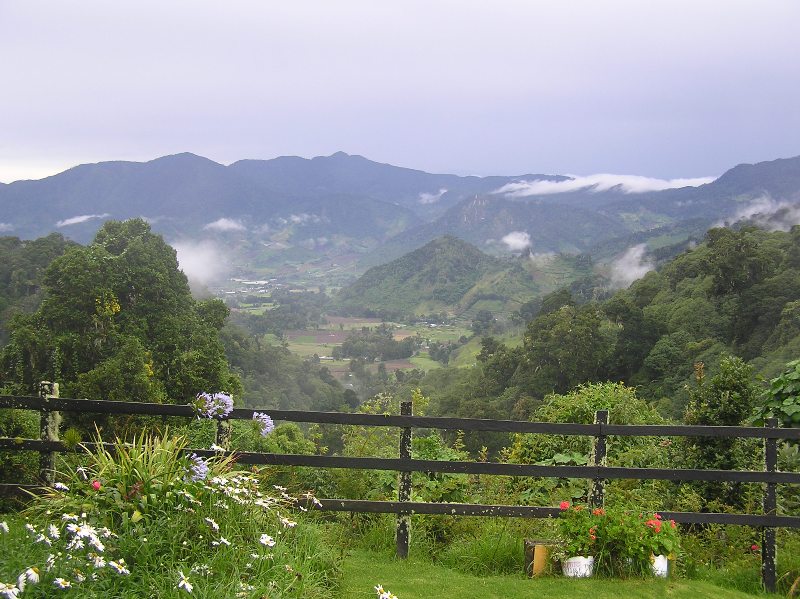
We stayed at the ANAM ranger station at the head of the Quetzal trail. It was amazing to feel cold–
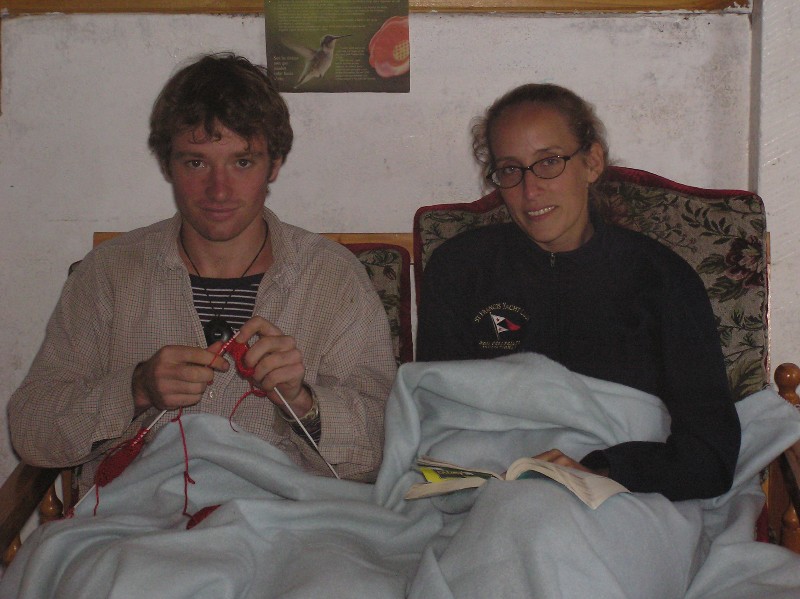
It tended to rain pretty hard in the afternoon, so we would hike in the morning and then read or play games in the afternoon.
“Meg and Susy”

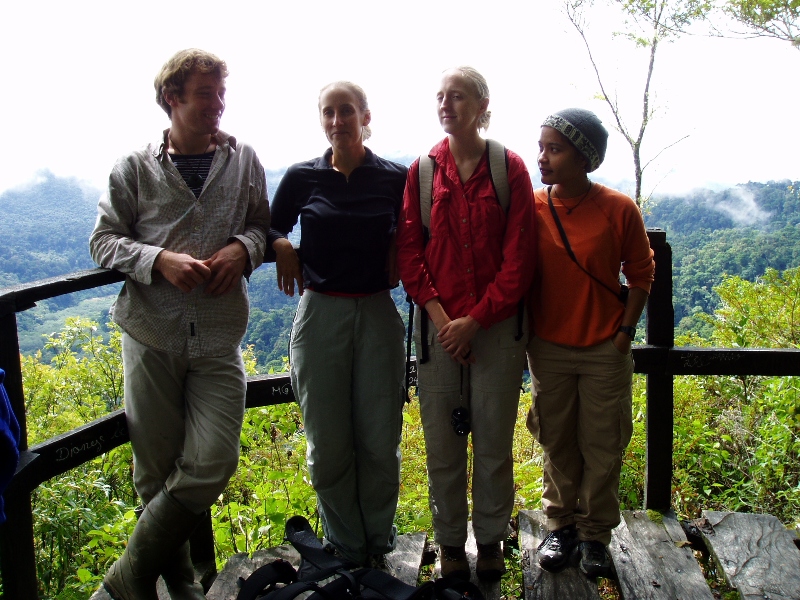
There were a couple of kittens that we also played with:
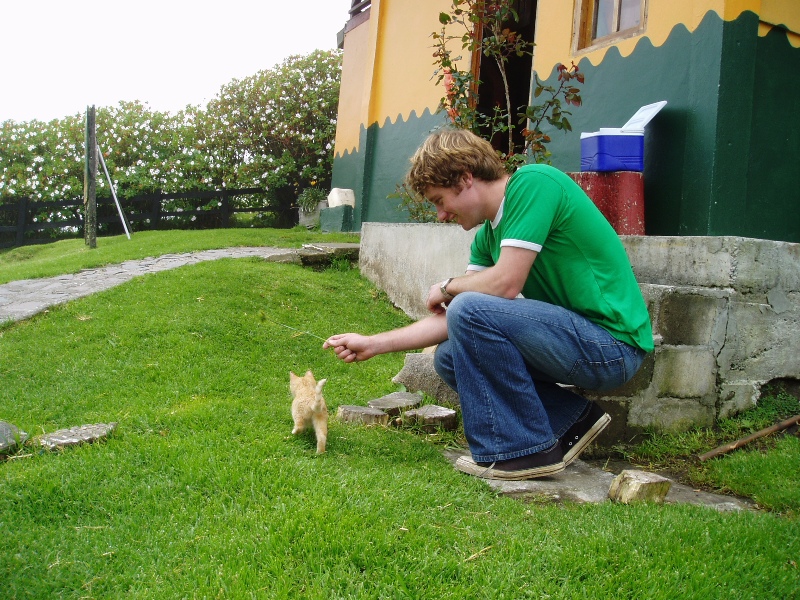
which turned out to be a very bad idea, since everyone but me got ringworm from them. (Doctors at the Mass. General Tropical Disease clinic tried to scare Susy to death by telling her it was leishmaniasis 5 days before she was supposed to leave for Kenya. Reassuring they couldn’t tell the difference between ringworm and leishmaniasis).
This trip was at the end of June, and only two months later, I was back in San Blas, on vacation again! (I swear I was working really hard in between trips!) Frauke was going back to Germany, and she, Vilma and I wanted to take one last trip together.
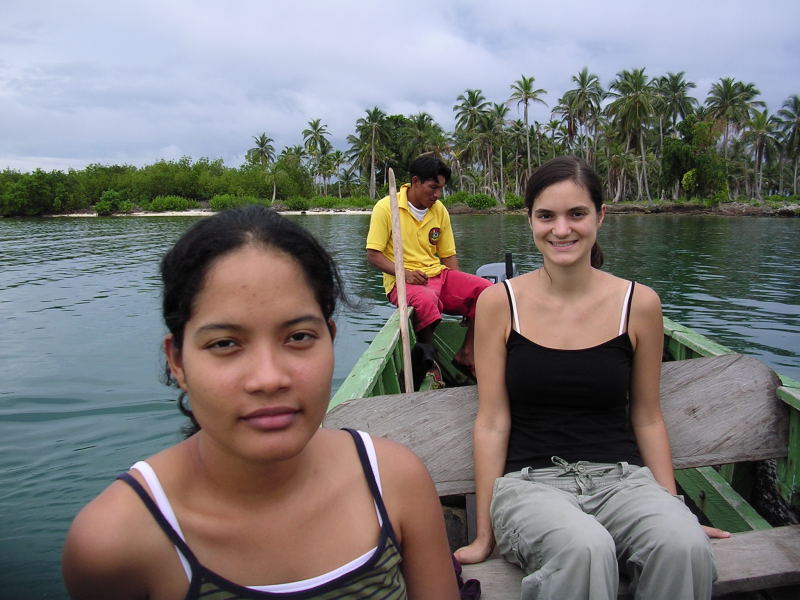
I wasn’t wild about going back to San Blas (it isn’t my favorite place in Panama), but neither Frauke nor Vilma had been, and both really wanted to go. I’m glad they talked me into it, because we had a great time.
We stayed at a place I had never been before, near the community of Playon Chico.

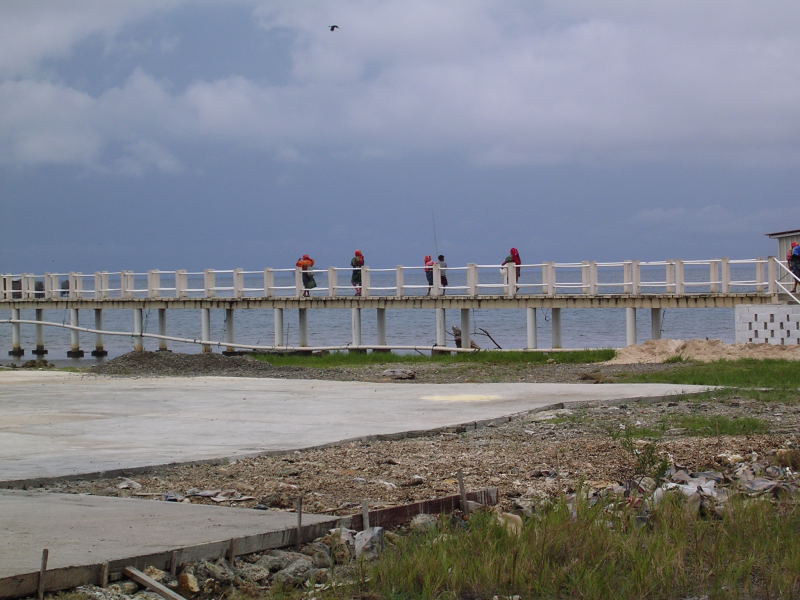
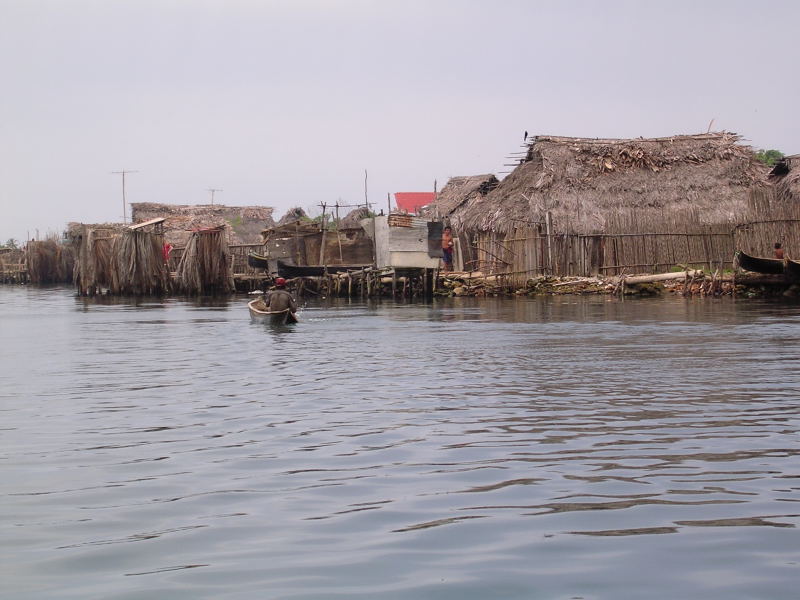
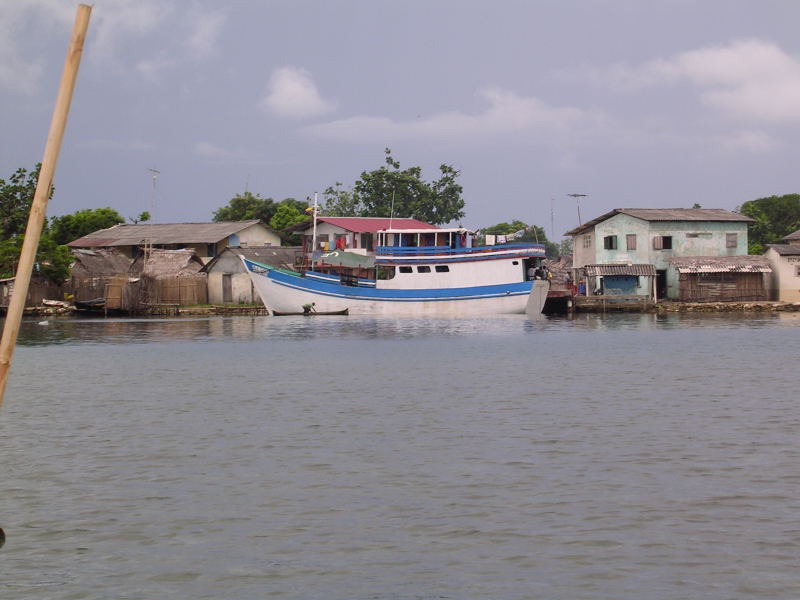
The hotel itself was called Hotel Yandup–just two cabins on a beautiful coral reef island.
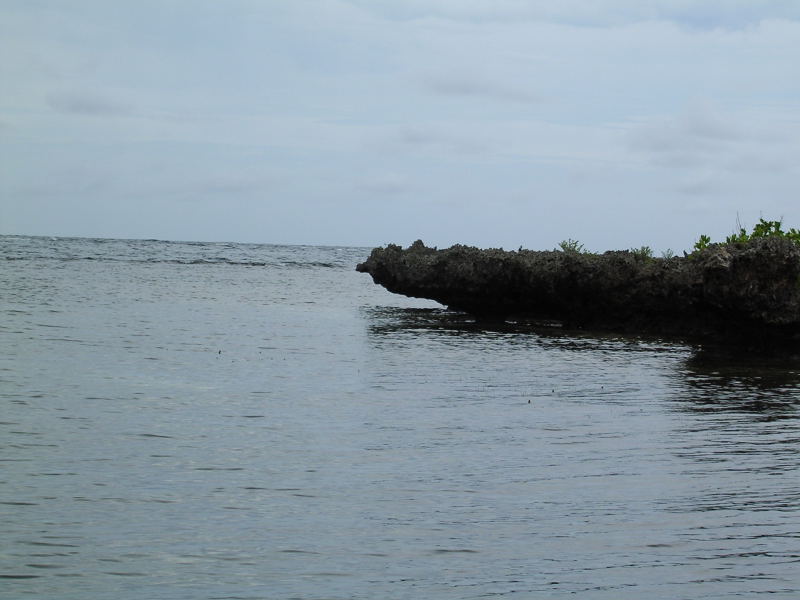

The owners were incredibly friendly, the food was amazing, and the beaches they took us two were breath taking. We had a great time snorkeling, saw some really cool thing
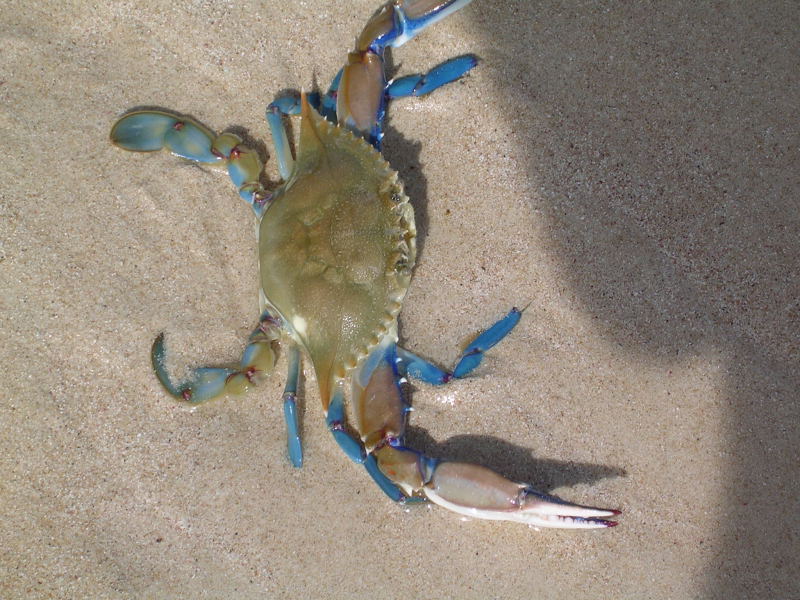
and just generally had a great time.
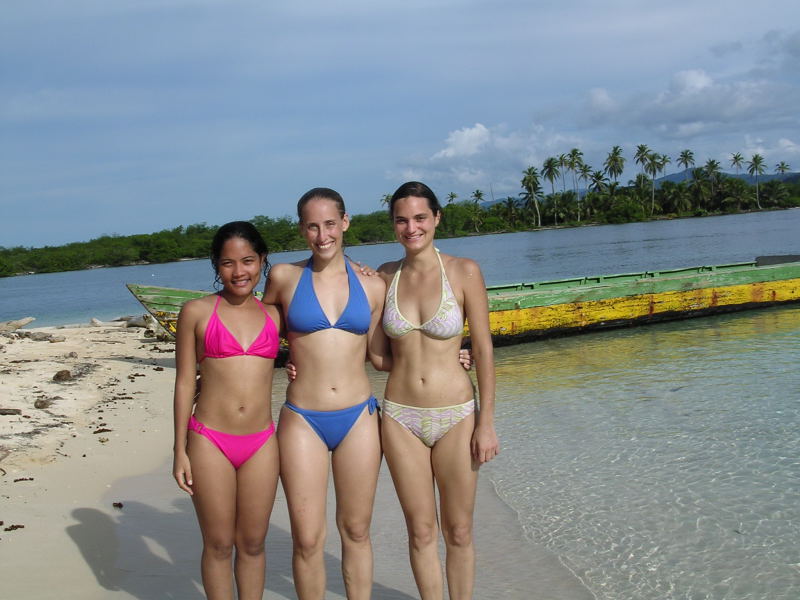
It was great to spend some time with Frauke before she went back to Germany, and the trip provided much needed rest and relaxation because pretty much as soon as we returned to BCI, Vilma and I had to start monkey darting–but more on that later.